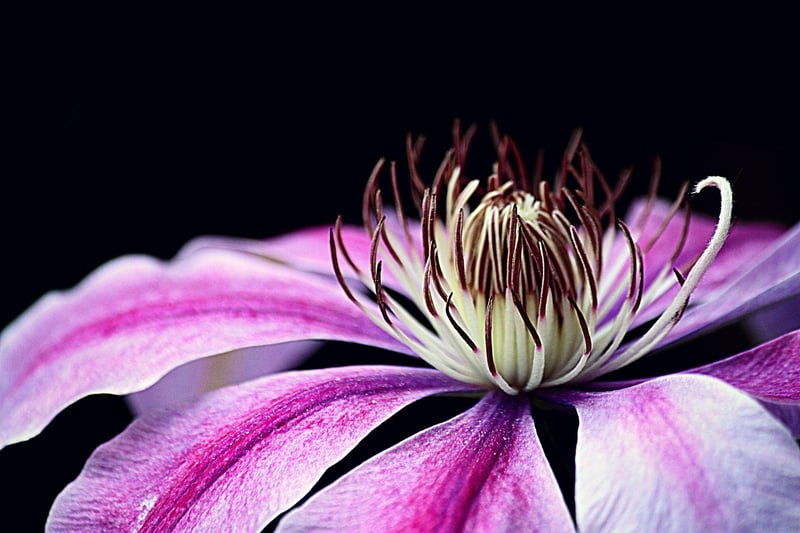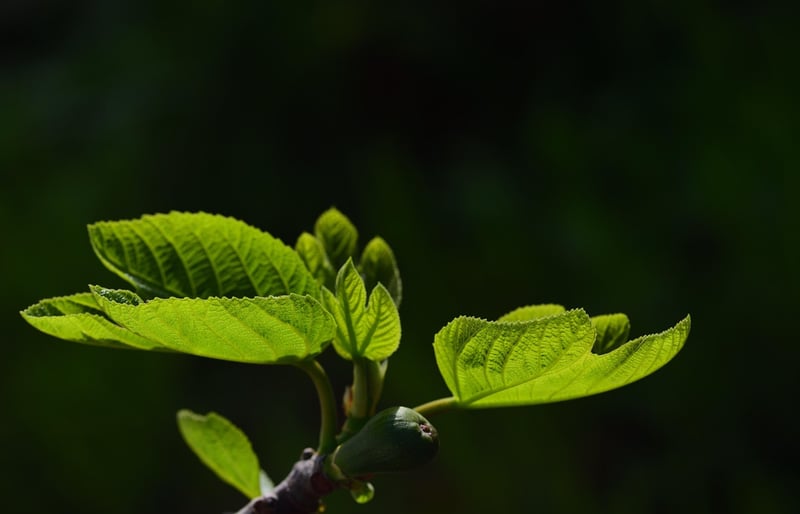Grow Lights
Optimizing Plant Growth with Grow Lights
Plants require light for photosynthesis, a process vital for their growth and development. When natural light is insufficient, especially during winter or in indoor settings, grow lights provide an effective solution to ensure plants receive the light they need to thrive.
Types of Grow Lights
There are several types of grow lights available, each with its unique benefits:
- Fluorescent Grow Lights: Affordable and energy-efficient, suitable for seedlings and small plants.
- LED Grow Lights: Highly energy-efficient, emit specific wavelengths beneficial for plant growth.
- High-Intensity Discharge (HID) Grow Lights: Produce intense light, ideal for larger plants and flowering stages.
Factors to Consider
When choosing grow lights, consider the following factors:
- Light Intensity: Different plants require different light intensities at various growth stages.
- Light Spectrum: Ensure the grow light emits the right spectrum of light for the type of plant you are growing.
- Energy Efficiency: Opt for energy-efficient options to save on electricity costs.
- Heat Output: Some grow lights produce heat, which may require additional cooling systems.
Tips for Using Grow Lights
Here are some tips to optimize plant growth with grow lights:
- Position the lights at the appropriate distance from the plants to prevent light burn.
- Adjust the lighting schedule based on the plant's light requirements and growth stage.
- Monitor plant growth regularly to ensure they are responding well to the light.

By understanding the different types of grow lights, considering essential factors, and following best practices, you can effectively optimize plant growth using grow lights.
Remember, providing adequate light is crucial for healthy and thriving plants, so invest in quality grow lights to support your plant's growth journey.
